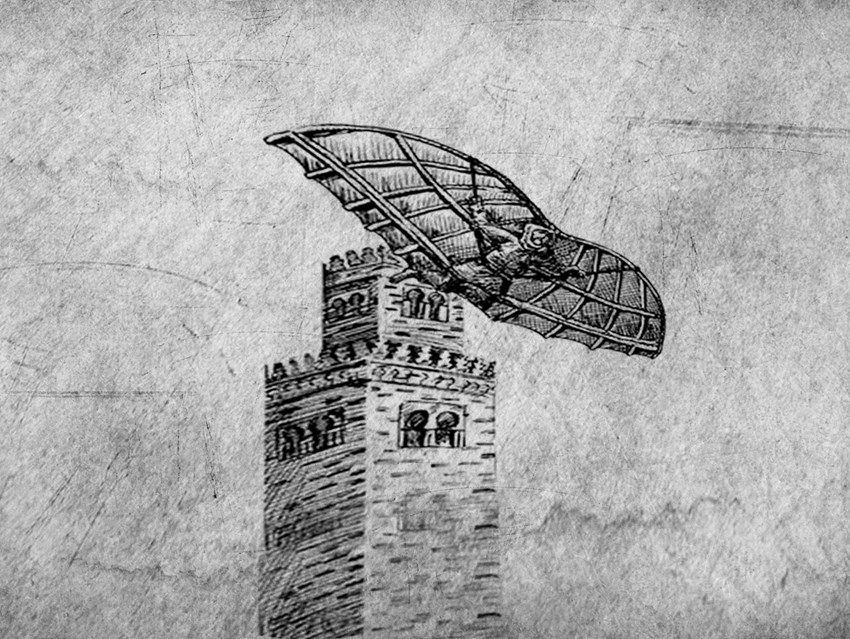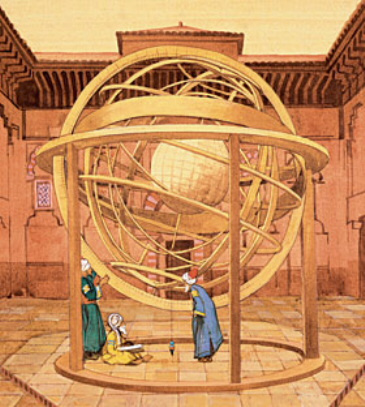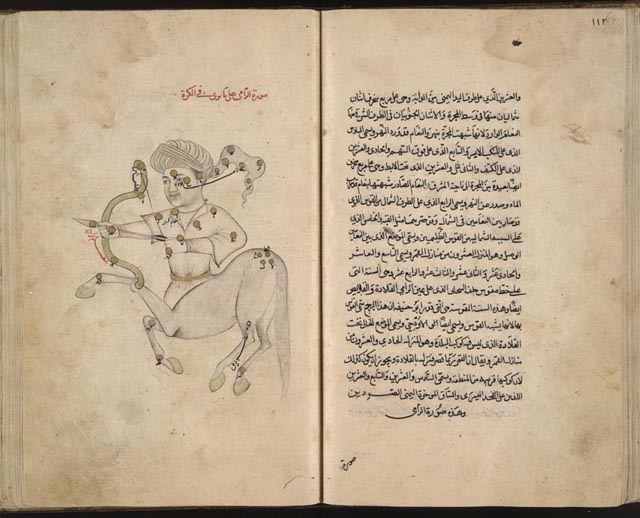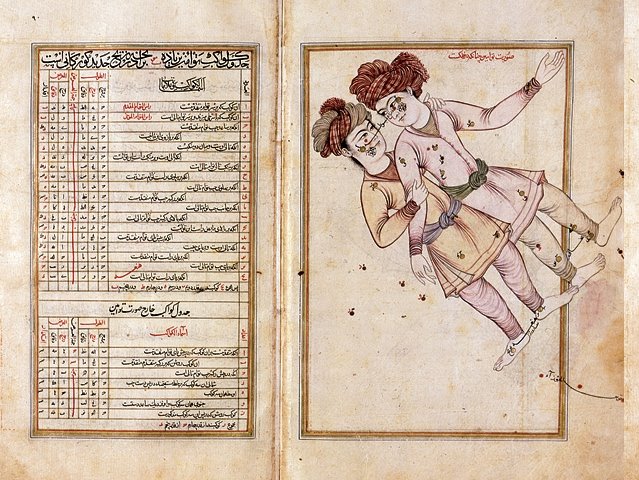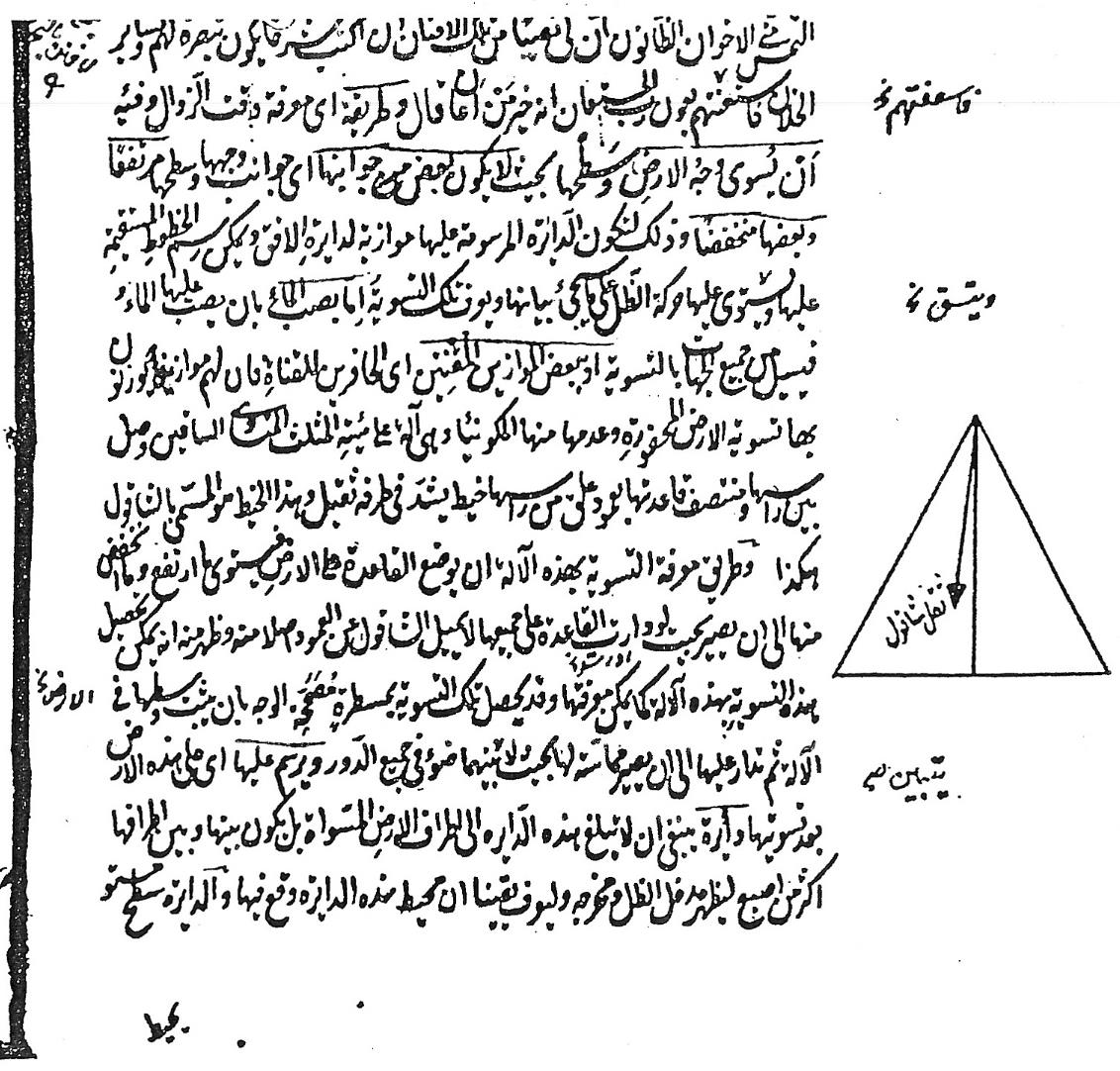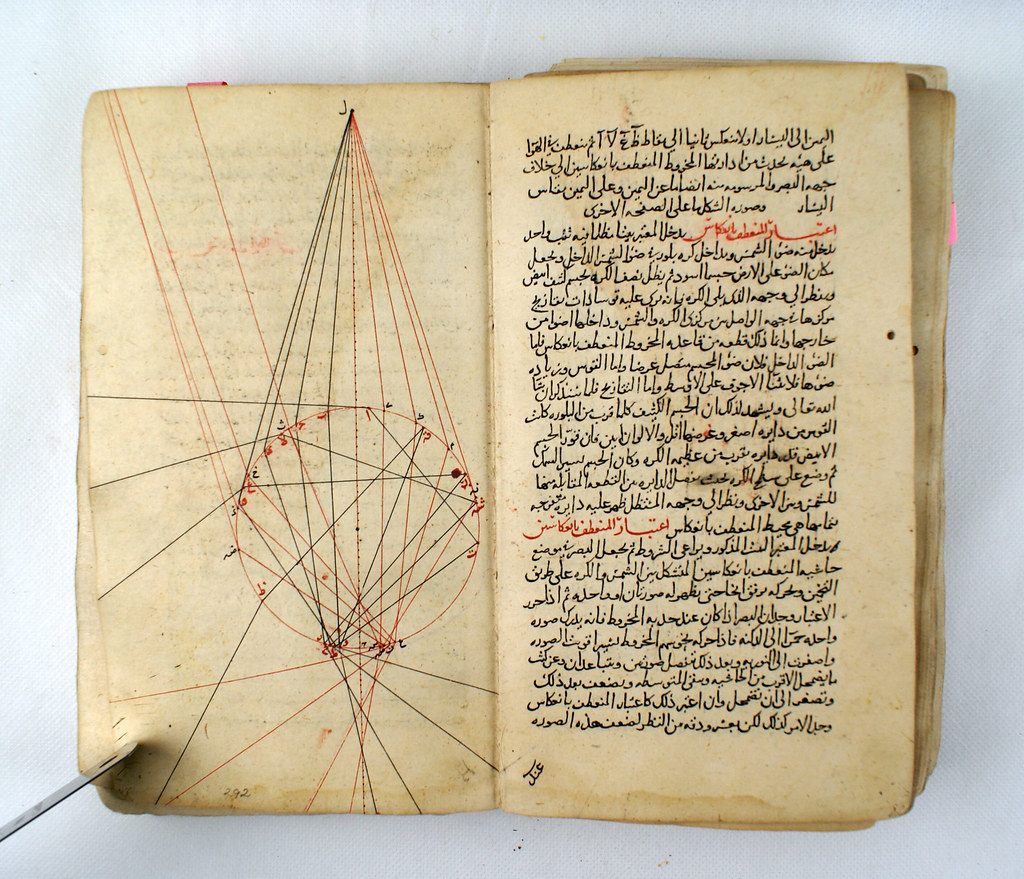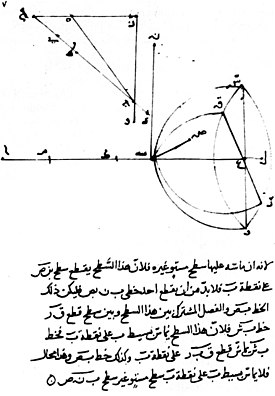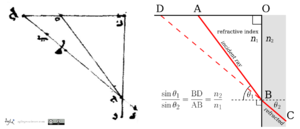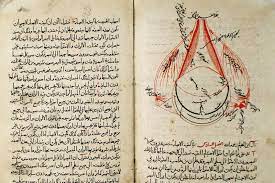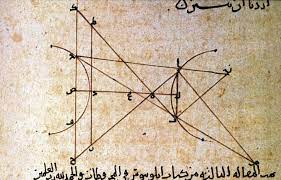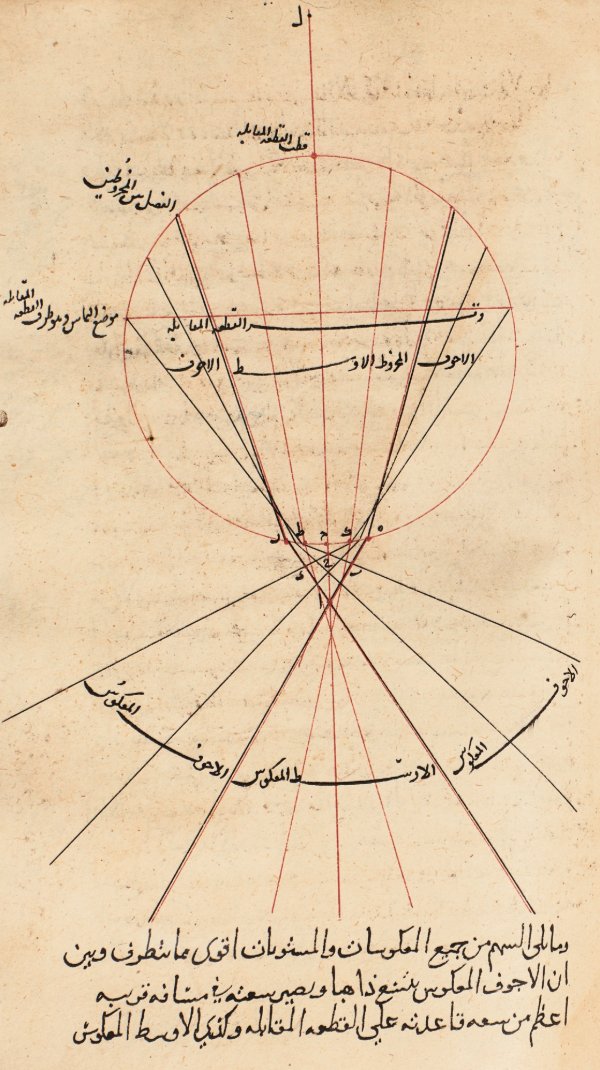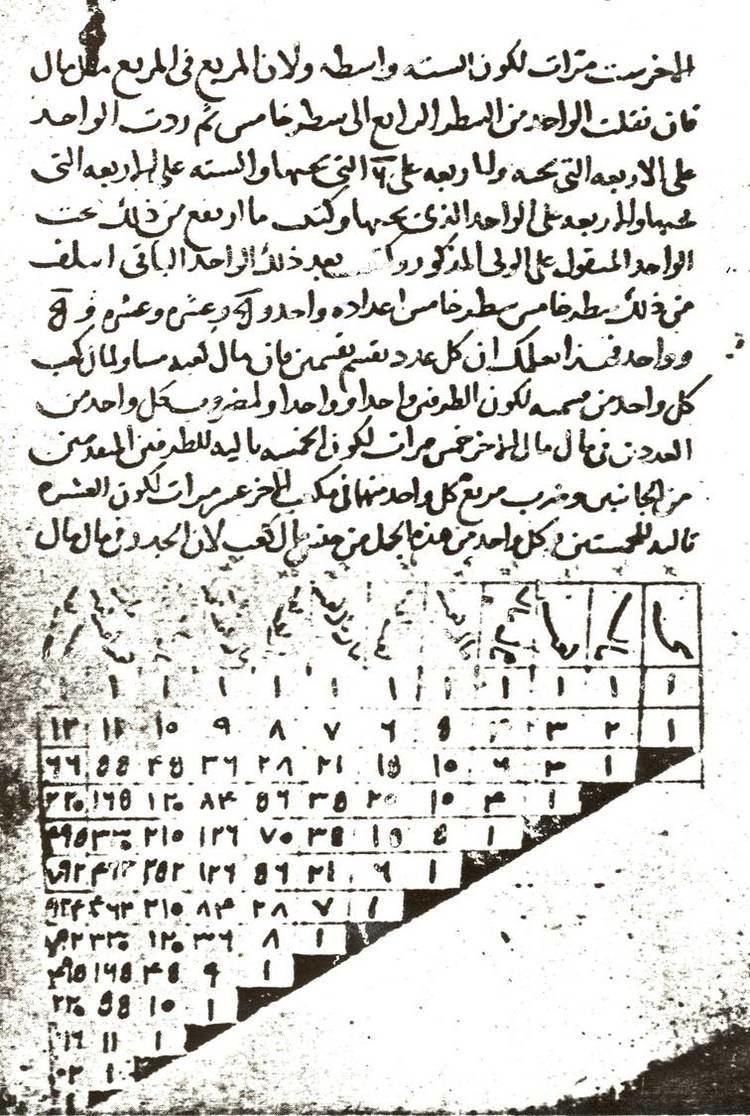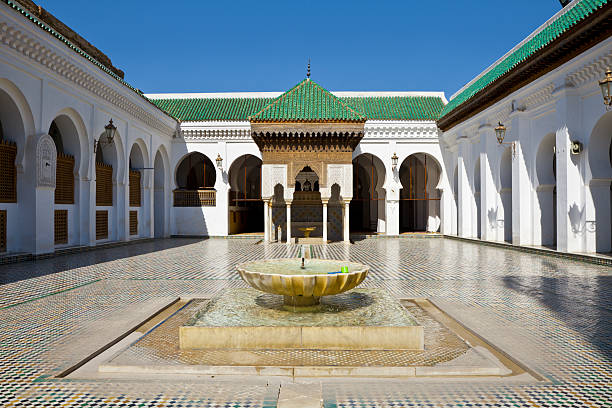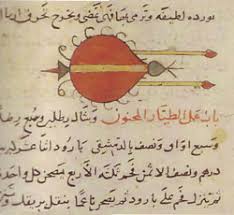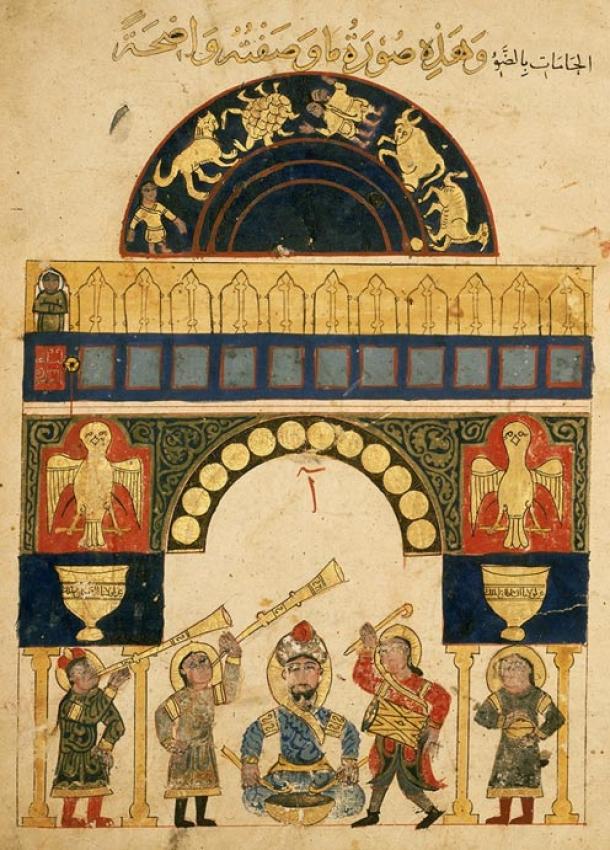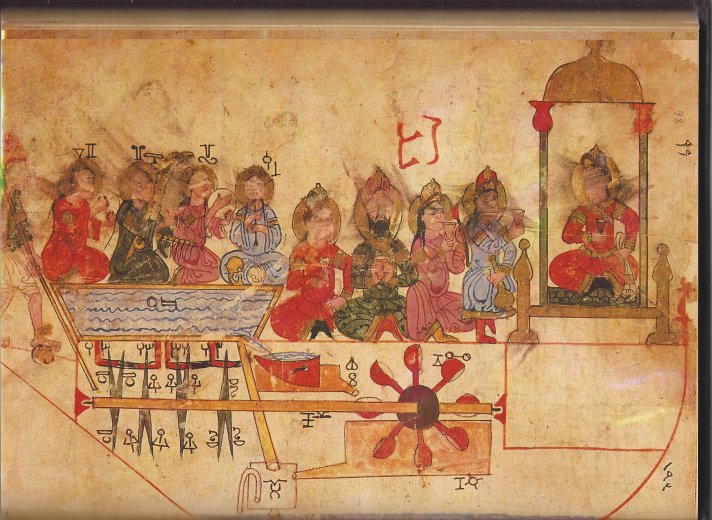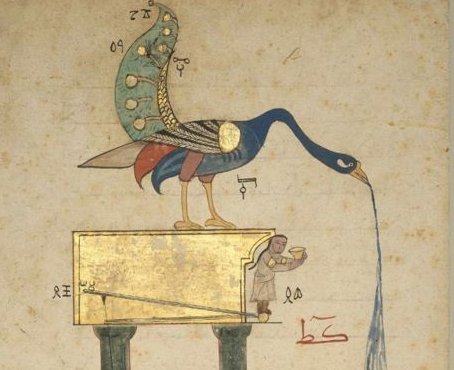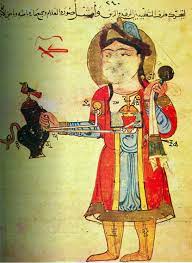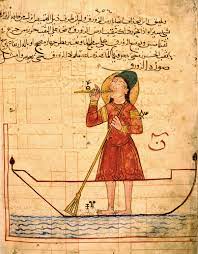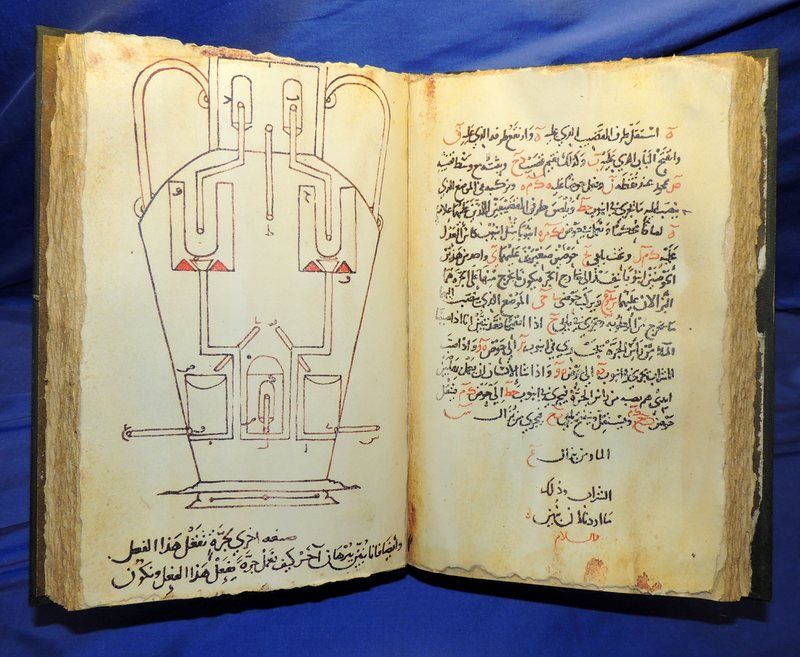a brief thread on how Muslim world influenced the scientific revolution, something which the present generation should be made aware of!
Abbas ibn Firnas, the first man to attempt flight, centuries before Wright Brother’s first flight and Da Vinci’s drawing of a flying machine. He introduced the technique of producing glass and made first corrective lenses (proper spectacles). (1/2)
He made an artificial weather simulation room, a glass planetarium, in which spectators saw stars and clouds, and were astonished by artificial thunder and lightning, which were produced by mechanisms hidden in his basement laboratory.(2/2)
Abdur Rehman Al-Sufi was the first to discover Andromeda galaxy in 964AD; describing it as a “small cloud”. He wrote a book in which he mentions 48 constellations and the stars that they are made of.
Ibn-e-Yunus was the first to invent pendulum and describe oscillatory motion in 10th century. Note that Galileo was born in 17th century.
The proper explanation of rainbow and the prism phenomena was given by Kamal ud Din Farisi and al-Shirazi, which later influenced Newton
The proper explanation of rainbow and the prism phenomena was given by Kamal ud Din Farisi and al-Shirazi, which later influenced Newton
We all know Ibn-e-Sina as father of medicine. But he was also the first to give concept of momentum and inertia which later became part of Newton’s laws of motion. He also described inclination, force of projectile and effect of external forces on motion such as air resistance
Ibn al-Haytham is considered to be the father of modern optics. I can write a whole another detailed thread based on Ibn al-Haytham’s achievements only. He wrote almost 200 books out of which only 50 have survived. (1/6)
Ibn al-Haytham was first to prove that light travels in straight line and has finite speed. He gave complete description on pinhole camera, discovered a result similar to “Snell’s law” which was later proved by Ibn Sahl.(2/6)
He gave full anatomical structure of eye, described process of sight, gave concepts of lenses, mirrors, reflection, refraction, dispersion, spherical mirrors, magnifying lenses, rainbow and twilight phenomena. All in 10th to 11th century! (3/6)
Furthermore, he did experiments with projectiles, gave concepts of inertia, momentum and acceleration due to gravity (later influenced Galileo), explained celestial kinematics based on geometry and rotation of earth about its axis which was later discussed by John Kepler too(4/6)
In mathematics, he gave a formula for adding first 100 natural numbers, formulated Lambert’s quadrilateral, gave a result for perfect numbers now known as Euler’s theorem, stated another theorem which we now call Willson’s theorem (5/6)
He invented the first mechanical clock which measured time perfectly in hrs and mins. In one of his works, he explained how music can influence animals. He was the first to determine atmospheric layers and stated that earth’s atmosphere has a finite length of 15km. (6/6)
Thabit Ibn Qurra discovered equations for determining amicable numbers, now known as Fermat’s theorem. Also the Fermat’s principle of least time was actually stated by Ibn al-Haytham.
In Trigonometry, Al-Khwarizmi produced sin and cos tables. Al-Battani discovered secant and cosecants. A lot of trigonometric laws and identities we use today were made by Al Battani, Ibn Yunus, Abu al Wafa
Jamshaid al Kashi formulated the triple angle formula (which is now attributed to Francois Viète). He was also the first to use decimal point notation in arithmetic numerals.
The logarithmic tables were also invented by Muslims in 13th century, several centuries prior to John Napier.
Some works of Jabir ibn-Aflah on plane and spherical trigonometry were copied by John Muller
Some works of Jabir ibn-Aflah on plane and spherical trigonometry were copied by John Muller
Al-Karaji gave first formulation of binomial coefficients, now known as Pascal’s triangle. A lot of other mathematical theorems like al-Urdi’s theorem and Tusi couple were copied by Nicolaus Copernicus. He also copied Ibn-Shatir’s model of mercury, Saturn and the moon
Ibn-Bajjah was first to state Newton’s 3rd law of motion in 12th century. Abu al-Barakat al-Baghdadi stated that force applied continuously produces acceleration (Newton’s 2nd law). Defined acceleration as rate of change of velocity.
Al-Baghdadi also suggested that motion is relative, writing that "there is motion only if the relative positions of the bodies in question change." This anticipates some of the core principles of the Theory of Relativity.
Al-Biruni determined the radius of earth. He was skilled for mapping cities and measuring distances. He determined rate at which earth’s rotation accelerates, earth’s rate of axial tilt and moon’s rate of rotational acceleration. He also introduced the three coordinates system.
Al-Khazini proposed that gravity and gravitiational potential energy vary depending on distance from centre of Earth. Al-Zarqali was the first to explain elliptical orbits way before Kepler did.
Ibn-Nafi Ziryab laid the foundation of first Music School in Cordoba. He promoted use of crystal glasses, table mat, leather furniture, tooth brush, toothpaste etc. He systemized table manners and started world’s first beauty salon. He was a cultural figure in 8th and 9th century
Al-Zahrawi invented almost 200 surgical tools, plasters, dentures and medicated cosmetics like hand lotion, underarm deodorants, hair dyes and a mixture similar to VapoRub for cold relief. He introduced tradition of giving flowers to patients in hospital
Al Kindi was known for his work in music as he discussed the therapeutic value of music. He was first to produce distilled alcohol, invented 107 kinds of perfumes and aromatic oils. He developed a scale to allow doctors to quantify the potency of their medication
The first medical university and hospital was founded in Baghdad around 800, while the first psychiatric hospital was built in Egypt. They even had mobile dispensaries for stray animals. The first ventilator was also invented in Egypt in 1100.
Sinan ibn-Thabit was the first to introduce awarding of medical degrees and issuing licenses for medical practice. The first university was found in Morocco by Princess Fatima al-Fihri. The first public library and lending library was also built in Baghdad (900)
Al-Razi, in 10th century, came up with a theory of matter stating that matter is composed of atoms which are indivisible and possess a certain size.
Al-Jahiz, wrote an early theory of evolution: “life had climbed from mineral to plant, from plant to animal, from animal to man”
Al-Jahiz, wrote an early theory of evolution: “life had climbed from mineral to plant, from plant to animal, from animal to man”
Ibn-Baitar and al-Razi discovered methods to produce gun powder around 1240. Hassan al-Rammah was first to invent explosive rockets including torpedo. Two Muslim engineers, Alaaddin and Ismail built machines of a ballistic-weapons between 1271-1273.
Fathullah Shirazi invented the autocannon; the earliest multi-shot machine gun in 1582. His rapid-firing gun had multiple gun barrels that fired hand cannons loaded with gunpowder. A Turk named Lagari Hasan Celebi made a successful manned rocket flight in 1633.
Al-Jazari published The Book of Knowledge of Ingenious Mechanical Devices, in which he authors 50 inventions, including mechanical clocks, camshaft, crankshaft, suction pipe, reciprocating piston motion, castle clock (first analog computer), 1/3
automatic gate, sand casting, crank-driven chain pump, water-powered saqiya chain pump and water-powered astronomical clocks. 2/3
He also invented world’s first robots, which includes Drink-serving waitress, Hand-washing automaton with flush mechanism, Peacock fountain with automated servants that served soap and towel, Musical robot band and Elephant clock 3/3
The Banu Musa brothers write the Book of Ingenious Devices, in which they describe some of their inventions: the valve, float valve, feedback controller, float chamber, automatic control, Automatic flute player, Programmable machine, Trick drinking vessels,(1/2)

 Read on Twitter
Read on Twitter